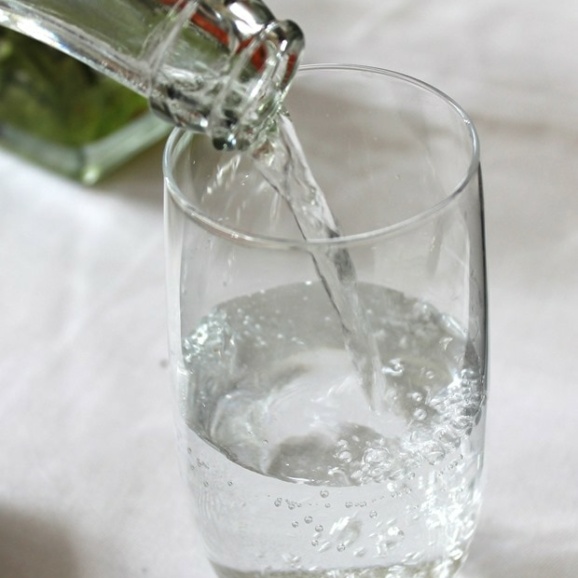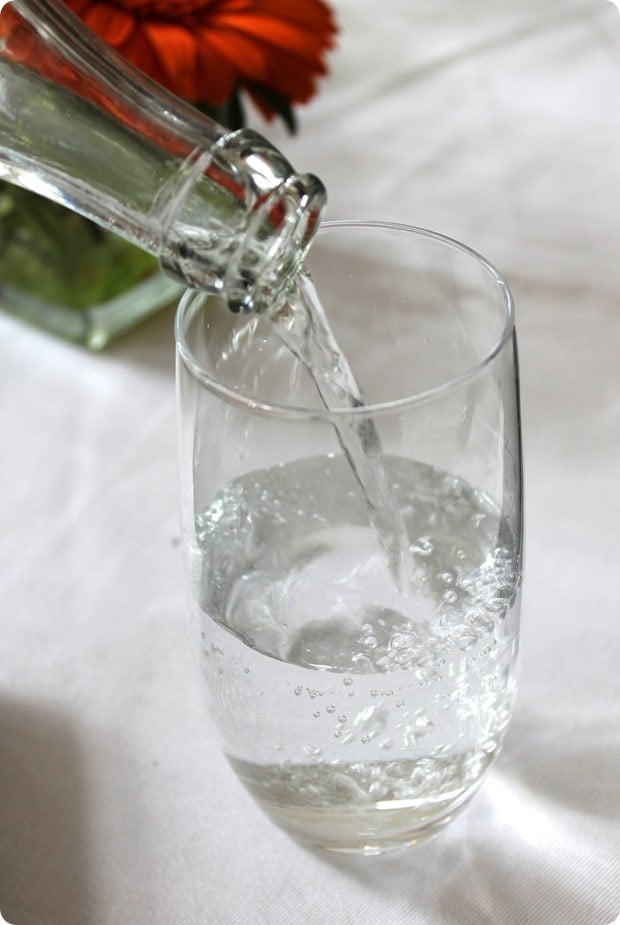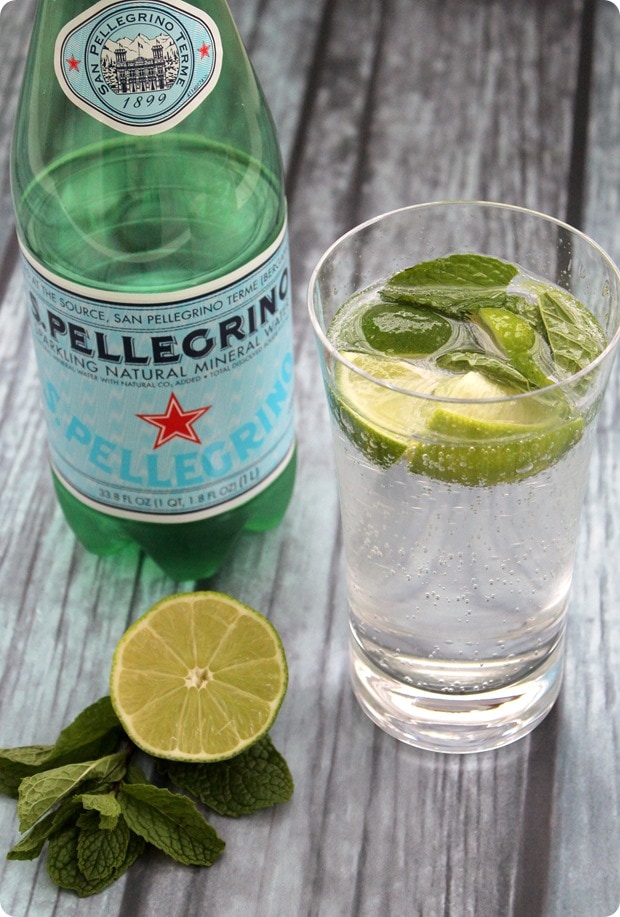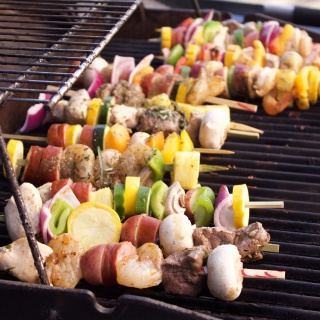Thank you to Nestle Waters for sponsoring this post.
As a dietitian with a private practice, I’m often working with my clients to try to get them drinking more water. Why is water so important? Basically, water helps our bodies to function optimally and being well hydrated is important to both physical performance as well as mental cognition. Here are just a few of the main reasons water is so key to health.
Want to save this post?
Enter your email below and get it sent straight to your inbox. Plus, I'll send you great content every week!
1) Water is necessary to maintain the balance of body fluids, which is important for digestion, absorption, circulation, maintenance of body temperature, transportation of nutrients, and creation of saliva.
2) For my fellow fitness fans, water helps muscle cells to function properly! Cells that don’t maintain their balance of fluids will shrivel, which can result in muscle fatigue.
3) Water is necessary for transporting waste products in and out of cells. If your pee is dark yellow vs. a light lemonade color, time to drink more water. Also – water helps maintain normal bowel function, keeping things moving along properly in your gastrointestinal tract to prevent constipation.
So, clearly water is important, right? But here’s the thing: it can get crowded out of our diets when sugar sweetened beverages are too heavily in the mix.
If there’s anything that dietitians and health experts can agree on, it’s that we need to be consuming less sugar. Added sugars account on average for more than 13 percent of calories consumed per day in the U.S., and intakes are particularly high among children, adolescents, and young adults. (source)
And what’s the major source of that added sugar in the typical U.S. diet? You guessed it: beverages. Half of all kids and adults in the U.S. drink at least one sugar-sweetened beverage every day. This includes soft drinks, fruit drinks, sweetened coffee and tea, energy drinks, alcoholic beverages, and flavored waters. Those beverages – excluding milk and 100% juice – account for almost half (47%) of all added sugars consumed by the U.S. population. (source)
One of the major recommendations in the new 2015 Dietary Guidelines for Americans is to limit added sugars to no more than 10 percent of total calories – or 12 teaspoons per day – based on a 2,000 calorie diet. Well, a 12-ounce soda packs in about 150 sugar calories and 10 teaspoons of added sugars – that’s nearly your entire allotment!
Let’s keep this simple. If you’re not currently drinking sugar-sweetened beverages, great. Keep it up! And if you are – consider replacing just one sugary beverage per day with water. It’s a little step that can equal big change in the long run. I’ll share one more stat because this one is really impressive: replacing just one 12-ounce soda with water every day would cut out about 50,000 calories and 75 cups of sugar in a year! Wow. That’s a LOT of sugar!
Keeping tap or bottled water on hand and accessible is an easy way to remind yourself to drink more water in place of sugary beverages. Keep it in sight so you’ll remember to sip often! I always have water on my desk so I’ll remember to drink some whenever I see it, and a water bottle always comes with me in my purse, too.
If you’re not a fan of plain water, or are trying to wean yourself off soda, sparkling water is a great alternative to sugary beverages that still tastes a little more fun/interesting than plain water. One of my favorite combinations: San Pellegrino with mint and lime!
Anyone want to commit to replacing one of their sugar-sweetened beverages per day with water?
If you’ve already had success weaning yourself off soda or other sugar sweetened beverages, what are your best tips/tricks for those starting to replace them with more water?
—
Sources:
1. U.S. Department of Agriculture and U.S. Department of Health and Human Services. Dietary Guidelines for Americans, 2015. 8th Edition, Washington, DC: U.S. Government Printing Office, December 2015. Available at: http://health.gov/dietaryguidelines/2015/guidelines/
2. Johnson RK, Appel LJ, Brands M, et al. Dietary sugars intake and cardiovascular health.” A Scientific Statement from the American Heart Association. Circulation. 2009;120:1011-20.
3. Neuhouser M et al. Dietary Guidelines Advisory Committee Science Base Chapter: Food and Nutrient Intakes, and Health: Current Status and Trends. 2014. Available at: http://health.gov/dietaryguidelines/2015-BINDER/meeting7/docs/DGAC-Meeting-7-SC-1.pdf
4. Popkin, Barry M., Kristen E. D’Anci, and Irwin H. Rosenberg. “Water, Hydration and Health.” Nutrition reviews 68.8 (2010): 439–458. PMC. Web. 16 Dec. 2015.









